READY TO GET STARTED?
REQUEST A FREE ESTIMATE
Fill out the form below or call (888) 466-7849 for a free, no-obligation estimate.
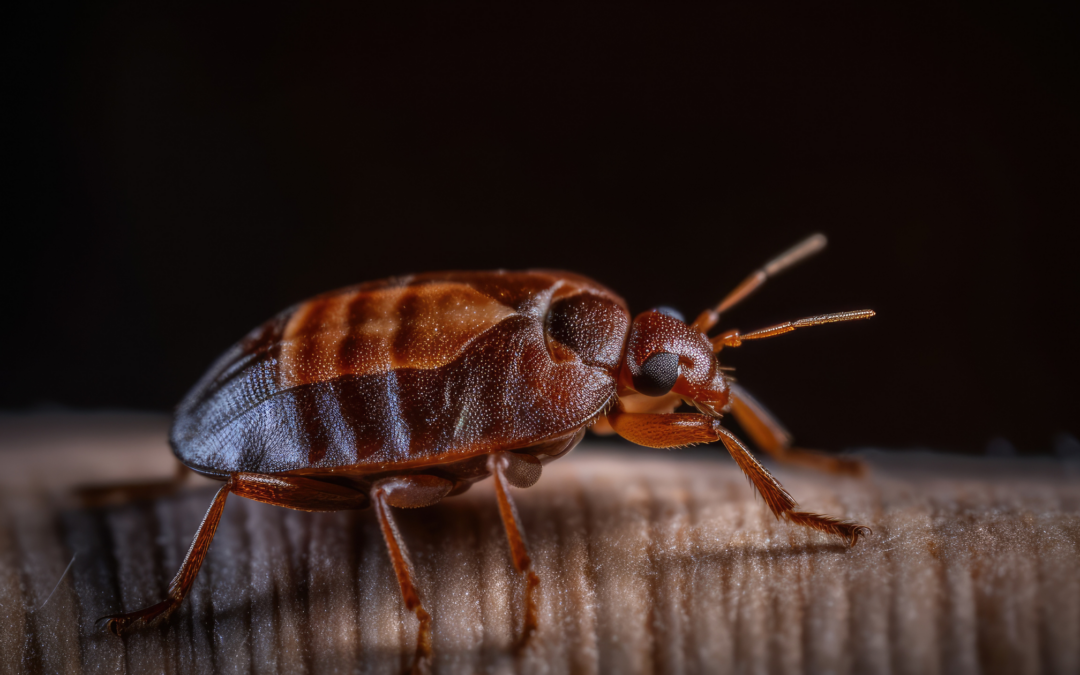
Bed bugs are small, elusive pests that can cause major problems for homeowners. A bed bug infestation can spread rapidly, creating discomfort and frustration. Early detection is critical to managing and eliminating these pests. But how do you know you have bed bugs? In this post, we’ll cover seven telltale signs of a bed bug infestation, where these pests are commonly found, how they spread, and tips on how to get rid of them.
One of the most obvious signs of a bed bug infestation is waking up with red, itchy bites on your skin. These bites often appear in a line or cluster and are typically found on areas exposed while sleeping, such as the arms, legs, neck, and face. But what do bed bug bites look like? They are small, red welts that can easily be mistaken for mosquito or flea bites. However, bed bug bites are unique because they often occur in a zigzag pattern. If you wake up with bites you didn’t have the night before, especially if they follow this pattern, it’s time to investigate further.
If you notice small blood stains on your sheets, mattress, or pillowcases, this could be another sign of bed bugs. These stains occur when a bed bug that has fed on your blood is crushed during sleep. The stains are usually small, rusty, or reddish marks. If you consistently find these stains, bed bugs may be lurking in your bedroom.
Bed bugs excrete dark, rusty-colored fecal spots that are often found on mattresses, box springs, bedding, and furniture. These spots are usually small but may appear in clusters. The easiest place to check for bed bug feces is around mattress seams, headboards, or other cracks and crevices in your furniture. The spots may smear if you rub them with a wet cloth, confirming that it’s bed bug waste.
As bed bugs grow, they shed their exoskeletons multiple times throughout their life cycle. These discarded skins are a clear indicator of an infestation. The skins are translucent, pale yellow, and may be found near hiding places such as mattress seams, headboards, or cracks in furniture. Finding shed skins is an important clue when learning how to identify bed bugs, as it proves that the pests are actively growing and reproducing.
Bed bugs lay tiny, white, oval-shaped eggs about 1mm in size. These eggs are sticky and often found in clusters in hidden areas, such as mattress seams, behind headboards, in cracks in furniture, and even under baseboards. The eggs and eggshells can be difficult to see without a close inspection, but if you spot them, it’s a clear sign that bed bugs are present and multiplying.
A bed bug infestation can also cause a distinct musty odor. Bed bugs produce pheromones that emit a sweet, unpleasant smell, which becomes more noticeable as the infestation grows. If your bedroom or other areas of your home have an unexplained odor, it’s a good idea to investigate for signs of bed bugs. This smell is particularly strong in heavily infested areas, so if you notice it, it’s likely that bed bugs have been present for some time.
Of course, spotting live bed bugs is a surefire sign of an infestation. Adult bed bugs are small, flat, and brownish-red. They are about the size of an apple seed (approximately 5-7 mm long). Bed bugs are nocturnal and tend to hide during the day, so they are often found in dark, secluded spots near sleeping areas. Common hiding spots include mattress seams, box springs, bed frames, headboards, and behind picture frames. You may also find them in cracks in furniture, behind wallpaper, or along baseboards. If you see a live bed bug, it’s time to act quickly to prevent the infestation from getting worse.
Bed bugs are primarily found in areas where people sleep, such as bedrooms and hotel rooms. They prefer to stay close to their food source (you!) and typically hide in mattresses, box springs, headboards, and bed frames. However, they can also infest couches, chairs, and other furniture in common areas.
Bed bugs are notorious hitchhikers and are spread mainly through human activity. They can travel from place to place in luggage, clothing, and used furniture. Hotels, public transportation, and secondhand stores are common places where bed bugs are picked up. Once inside your home, bed bugs can quickly move from room to room, infesting new areas. They can even crawl through wall voids and electrical outlets to spread throughout an apartment building or hotel.
Bed bugs are fast breeders. A small infestation can become a much larger problem in a matter of weeks. Female bed bugs lay about 5-7 eggs per day, which hatch in just 6-10 days. Within a month, the newly hatched bed bugs mature and begin reproducing, so within a few months, you could be dealing with a full-blown infestation.
If you discover a bed bug infestation, acting quickly is key to preventing it from worsening. Here are some steps to take:
Bed bugs are persistent pests, but early detection can help you manage and eliminate an infestation before it worsens. If you notice any of the signs mentioned above, it’s important to act quickly. Professional help from a bed bug control company can ensure the infestation is fully eradicated, giving you peace of mind and a bed bug-free home.
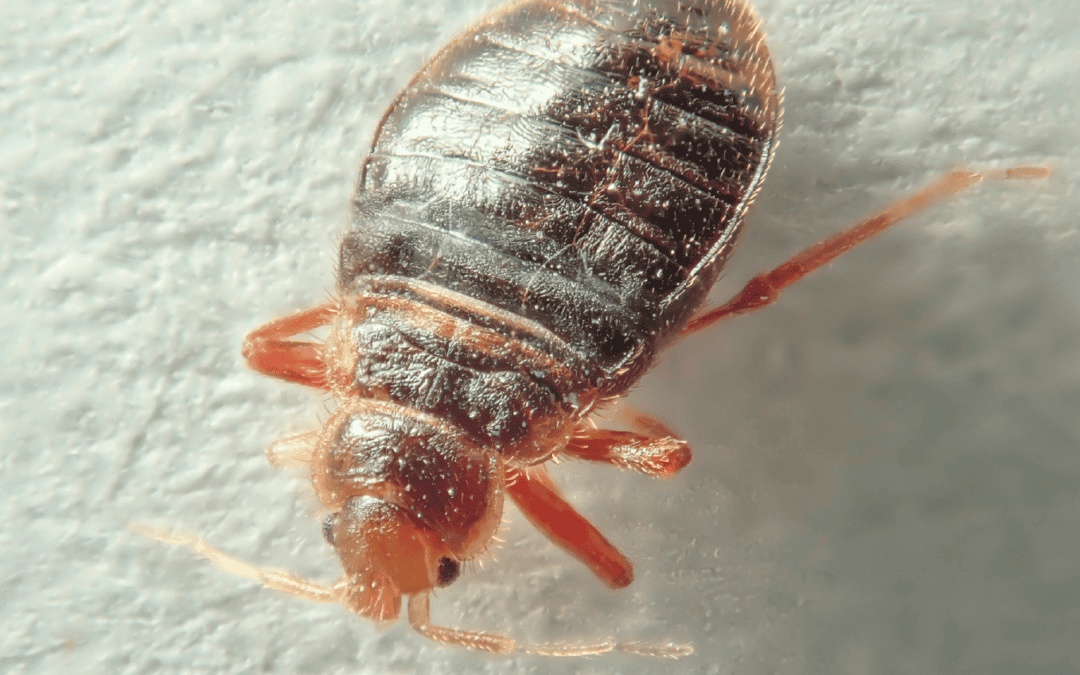
Bed bugs are a common nuisance in Georgia, affecting homes, hotels, and even public transportation. As a leading pest control company, we understand the frustration and discomfort these pests can cause. In this blog, we will explore effective bed bug treatment solutions, how to identify signs of bed bugs, recognize bed bug bites, and understand the various types of treatments available.
Before diving into treatment methods, it’s crucial to confirm if you have a bed bug infestation. Here are some key signs to look for:
Bed bug bites can be mistaken for other insect bites or skin conditions. Here’s how to differentiate them:
If you suspect bed bug bites, it’s essential to inspect your sleeping area for other signs of infestation.
Effective bed bug treatment requires a comprehensive approach. Here are some common methods:
When dealing with a bed bug infestation, it’s crucial to treat your home thoroughly. Here are steps to follow:
Once you’ve treated your home, preventing future infestations is key:
Dealing with a bed bug infestation can be stressful, but with the right approach, you can effectively eliminate these pests and prevent future problems. Understanding how to identify signs of bed bugs and recognizing bed bug bites are the first steps. Exploring various treatment methods, from chemical treatments to high heat solutions, will help you find the best approach for your situation.
Remember, hiring a professional pest control company is often the most efficient way to handle bed bug control. We are equipped with the knowledge and tools to treat your home safely and effectively, ensuring you can sleep soundly once again.
If you suspect a bed bug infestation, don’t hesitate to contact us. Our expert team is here to provide you with the best bed bug treatment solutions and restore your peace of mind.
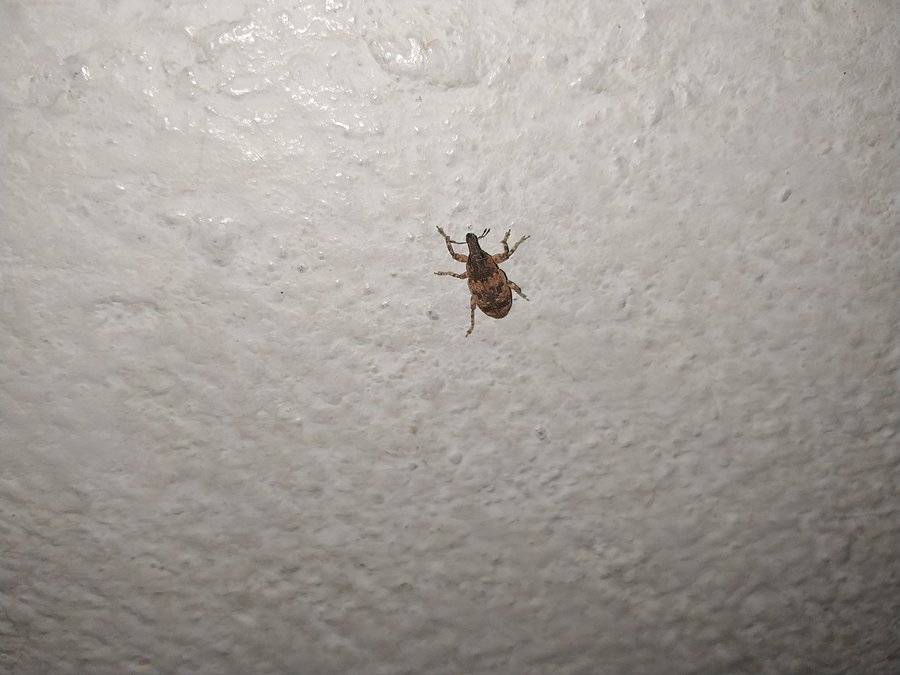
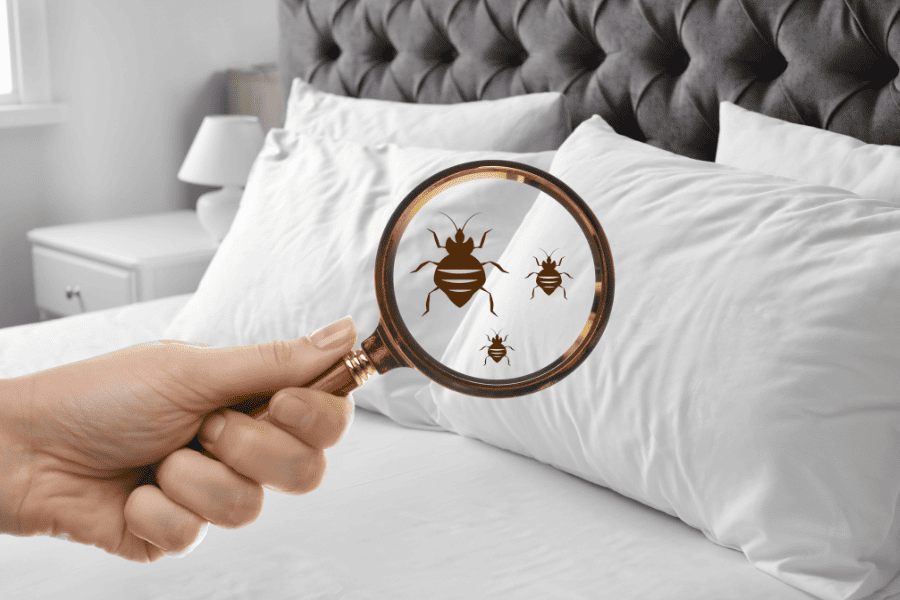
Understanding what bed bugs are and how they can find their way into your home is the first step in preventing their unwelcome presence. Let’s go over how to properly identify bed bugs and the many ways they can make their way into your home.
Bed bugs are small, parasitic insects that primarily feed on the blood of humans and animals. The reddish-brown, oval-shaped creatures are about the size and apple seed when fully grown. Bed bugs are expert hiders, which makes identifying bed bugs challenging until an infestation is underway.
Preventing a bed bug infestation begins with awareness. Here are some steps you can take:
Understanding how to identify bed bugs and how they can enter your home is the first step to keeping these pests away. If you suspect you have bed bugs, reach out to your local pest control company for an inspection and plan of action!
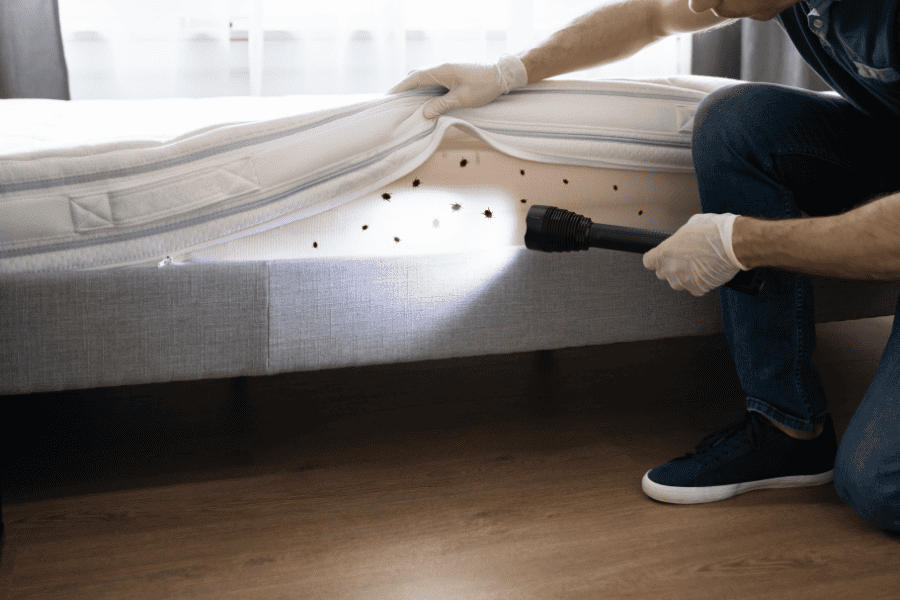
Bed bugs are the unwelcome guests that can ruin your sleep and take over your home. These tiny, apple seed shaped insects can easily infest your home without warning by hitchhiking via your luggage or other personal belongings. To help you prevent bed bugs, let’s go over the common signs of bed bugs and how to effectively manage them as pests.
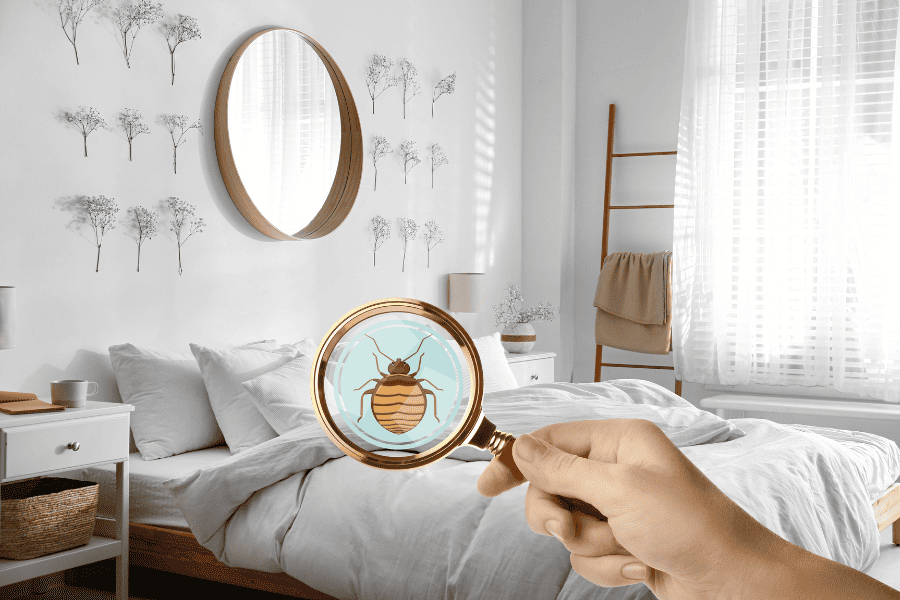
The holidays are quickly approaching, so we can all expect to see even more travel occur throughout the United States. While traveling can be stressful, it’s nothing compared to returning home and discovering you’ve brought bed bugs with you! We breakdown how you can eliminate the potential for bed bugs while traveling.
Bed bugs are found in many locations, including Airbnb’s, hotels, public transportation, public places, and even friends or family homes. It’s best to be mindful of where you place your belongings while traveling.
If you think you have brought bed bugs home with you from your travels, give your local Tennessee bed bug experts a call today for a personalized bed bug control plan and a free inspection!

Traveling can be stressful. The last thing anyone wants to deal with on top of the routine stress of traveling is bed bugs. These pests are notorious hitchhikers and often catch rides with travelers on their luggage to move from place to place. How can you eliminate the potential for bed bugs while traveling?
While traveling, here are some things you can do to help prevent bed bugs:
Where can bed bugs be found? Here are some common places you should keep an eye out for:
If you think you may have brought bed bugs home with you from your travels, here are some things you can do:
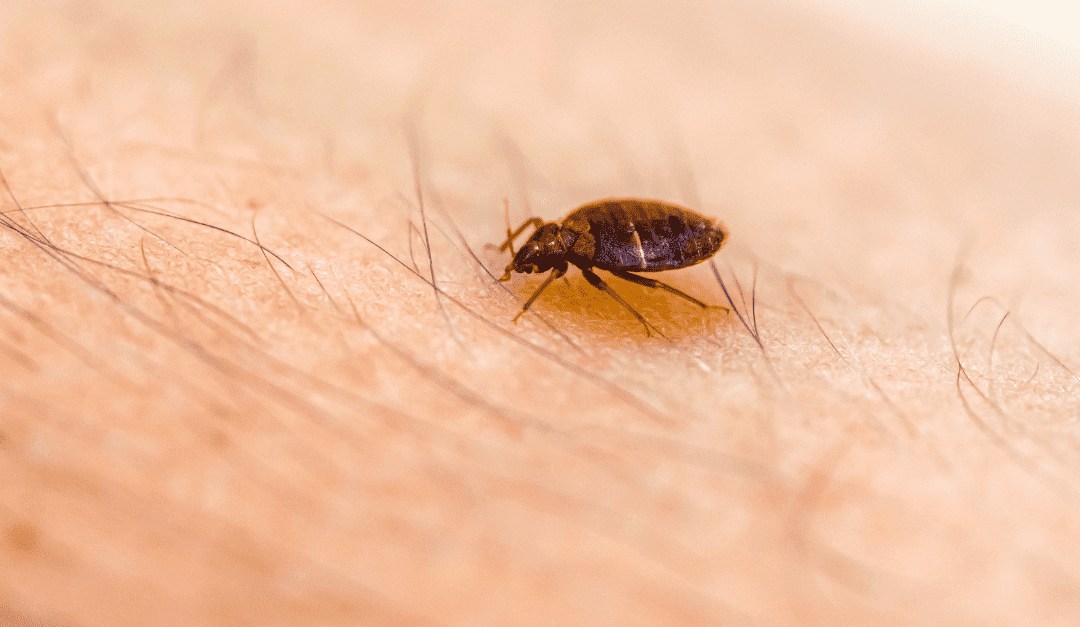
Bed bugs are tiny insects that are notorious for infesting bedding, mattresses, and furniture. They are often found in hotels and other accommodation facilities, making travel a common way to pick them up. Bed bug infestations are not only annoying but can also lead to health problems. Therefore, it’s important to take steps to prevent bed bugs while traveling. Let’s discuss some tips on how to prevent bed bugs while traveling.
Before booking your accommodation, it’s important to research it thoroughly. Check online reviews and ratings to see if any guests have reported bed bug problems. If you find several negative reviews, it’s best to look for alternative accommodation.
Once you arrive at your accommodation, inspect your room for bed bugs. Start by checking the mattress, bed frame, headboard, and box spring. Look for black spots or bloodstains, which are signs of bed bug activity. You may also spot actual bugs or their shed skins. Additionally, check the furniture, curtains, and carpet for any signs of bed bugs.
These pests can easily climb onto your luggage if it’s placed on the floor, so it’s best to keep it off the ground. Use a luggage rack or place your luggage on a hard surface such as a table. Avoid placing your luggage on upholstered furniture or the bed.
Using protective covers for your mattress and box spring can help prevent these household pests from infesting them. These covers create a barrier that prevents them from entering or escaping from the mattress and box spring.
If you suspect that your clothes may have come into contact with bed bugs, wash them in hot water as soon as possible. These pests cannot survive in temperatures above 120°F, so washing your clothes in hot water and drying them on high heat can kill any bed bugs that may be present.
When using shared spaces such as the hotel gym or laundromat, be cautious. Bed bugs can easily hitch a ride on your clothes or bag, so it’s best to keep your belongings in a sealed bag and avoid placing them on the floor. After using shared spaces, inspect your belongings carefully and wash them in hot water.
Bed bugs are a common problem when traveling, but by taking the necessary precautions, you can prevent them from infesting your luggage and coming home with you. If you suspect you have a bed bug infestation, reach out to your local pest control company to create the best plan of action.
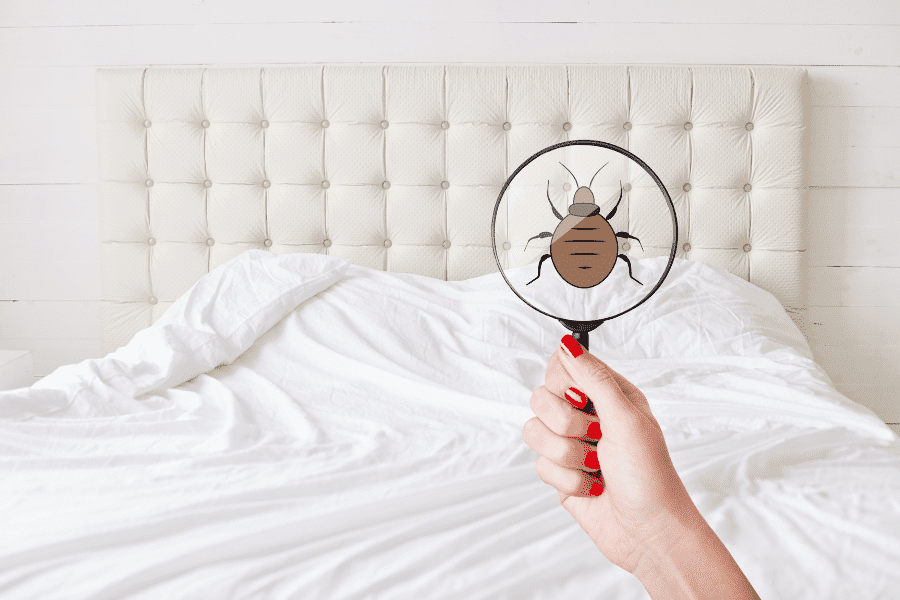
Bed bugs are one of the few pests that you hope you never find in your home. These fearsome insects bring itchy bites, crawling hordes, and ruined furniture. Bed bugs are one of the most difficult pests to get rid of. Identifying them and acting quickly is the first step in your plan of action. Here’s what to do if you find yourself in a bed bug situation.
After proper identification, determining where the bed bugs came from is the next step. If you live in an apartment building, be sure to notify your landlord immediately, as they might hold the responsibility of providing bed bug control treatments. If you live in a single-family home, then begin by inspecting all areas of your home to understand the full extent of the bed bug infestation.
Once you discover the extent of the infestation, now is the time to keep it from spreading. Here are some helpful bed bug prevention tips:
Tackling bed bugs is a difficult task, especially alone. If you’ve done the above, but are still experiencing an infestation, then reach out to your local pest control company. They will have licensed professionals who can determine the best plan of action to rid your home of bed bugs.